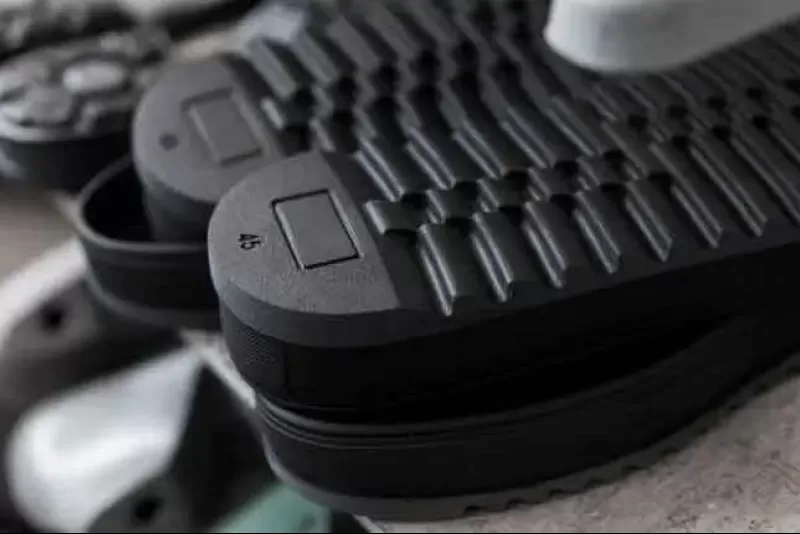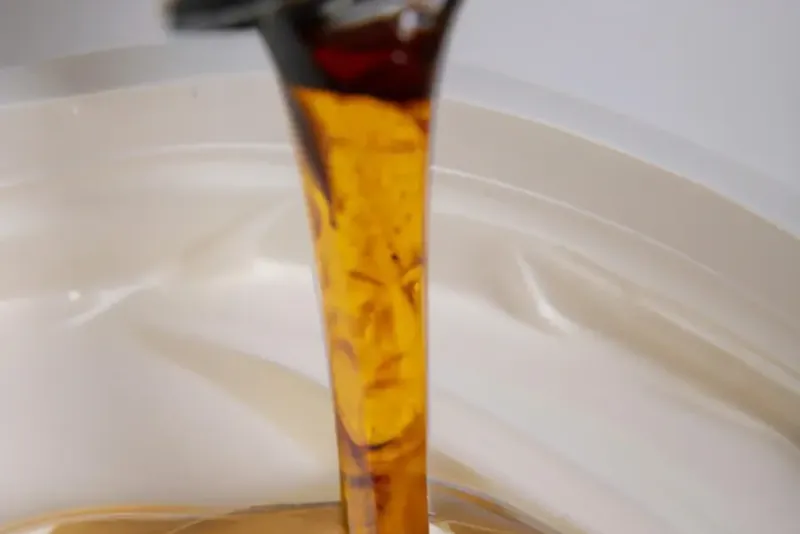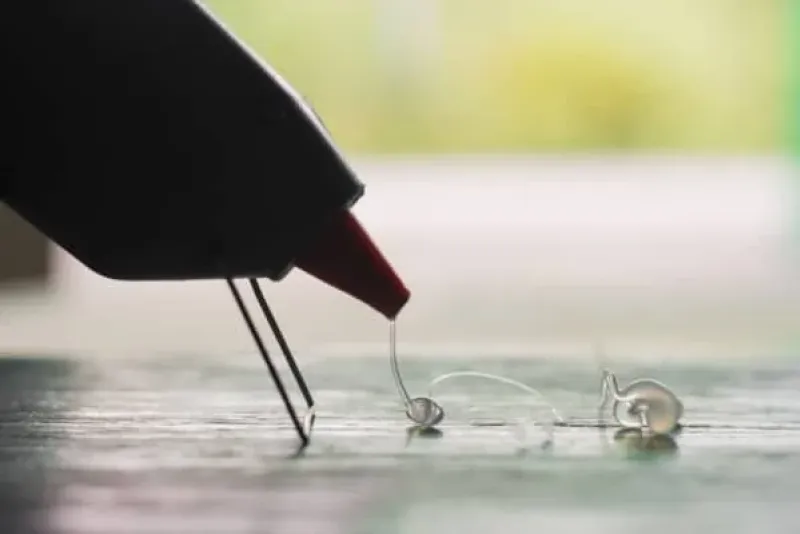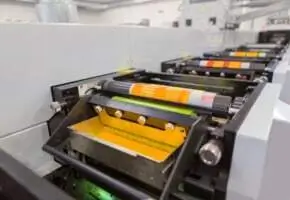Types of sealants for home
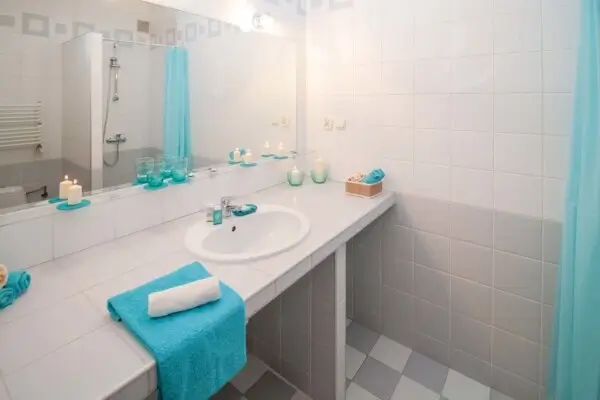
Different types of sealants for home improvements
Sealants are chemical materials which fill gaps and cracks as well as seal joints and seams. Most sealant types are waterproof and air tight. They may also have light adhesive properties, be chemical resistant and prevent growth of microorganisms like mold and mildew. But what is sealant used for? Sealants are commonly used by construction contractors, but they are also suitable for DIYers for small repairs and home improvement. Sealants can be used for example in bathrooms and kitchens as well as sealing and filling interior and exterior gaps and cracks. The different types of sealants for home include the following:
- Acrylic
- Butyl
- Polysulfide
- Polyurethane
- Silicone
- Water based latex
What are the different types of sealants for home?
The purpose of sealants is to prevent passage of liquids, gasses and fumes: often sealants are used to make joints air and watertight. There is no single type of sealant that is always the best choice: the sealant should rather be chosen based on the requirements of the substrate(s) and environment as well as the wished end result. There are several different types of sealants for home repairs and improvement as you will discover here below.
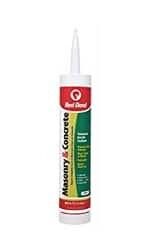
Acrylic sealants
When UV stable solutions are sought, acrylic sealants provide a considerable option. Due to their UV stability they are suitable especially for exterior applications. They are also not prone to shrinkage, which makes them a reliable solution. However, acrylic sealants for home repairs and improvement may be tricky to apply compared to other systems. They should not be used when significant movement is involved as they lack flexibility. The life expectancy of acrylic sealants varies from 5 to 10 years.
Acrylic sealants also exist as anaerobic systems. this means that they cure in the absence of oxygen. This type of acrylic sealants are used for securing screws and bolts (threadlocking).
Butyl sealants
Butyl sealants are sometimes preferred due to their rather low costs and ability to adhere to a wide range of substrates. Butyl sealants have stringy consistency which may make the application difficult. These sealants should not be used for demanding construction applications but other types of sealant solutions should be considered instead. they also lack the ability to accomodate shearing movement. Butyl sealants usually last from 5 to 10 years after which they must be replaced.
Polysulfide sealants
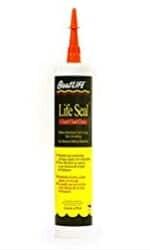
Polysulfide sealants are becoming more and more popular as they are flexible solutions which retain the joint elasticity even in low temperatures. They involve minimum shrinkage and are resistant to UV radiation, which enables exterior applications. These sealants are suitable even for underwater applications.
Polysulfide sealants are generally more expensive than comparable sealants for home. However, they have a life expectancy of 15 to 20 years which compensates on the initial price. Another factor to keep in mind is the rather high VOC content of polysulfide sealants. The use of these types of sealant systems requires additional safety measures for protection. These are commonly given by the manufacturer and added to the packaging of the product.
Polyurethane sealant solutions
A common go-to solution is polyurethane sealant. Not only are polyurethane sealants flexible but they also have strong adhesion and are abrasion and shear resistant. Polyurethane sealants for home adhere well to a wide range of substrates and they are easy to apply, as they require minimum surface preparation. Polyurtehane sealant belongs to the sealant types that exist as regular and low VOC solutions. As a rule of thumb: the higher the volatile organic compound, the more safety measures the sealant application requires.
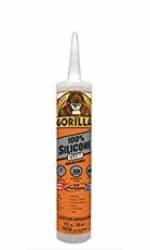
Silicone sealants for home
The most common, but also the most expensive sealant for home repairs and improvement is silicone sealant. Silicone sealants are extremely flexible and durable: they have a life expectancy of 10 to 20 years depending on the product. Given the silicone sealant life expectancy, this type of sealant is among the most durable. These sealants can be modified for specific purposes: there are anti mold silicones, heat resistant sealants and food safe solutions. Silicone is a common material as bathroom sealant.
The downsides of silicone sealants include possible staining on some substrates, tendency to collect dirt and the need for primers in some cases. Despite the drawbacks, silicone sealants are the most common sealing systems, also in industrial applications.
Water based latex sealants
Water based latex sealants have gained their popularity by being easy and safe to apply as well as adhering to many different surfaces. Another advantage of water based latex sealants is that they are paintable, which contributes to the visual appeal of the end result. These sealants are especially suitable for very small gaps and voids where movement is minimal. Latex should not be used for waterproofing as it is prone to shrinkage and may pull away from the substrate creating gaps.
Properties to consider when choosing sealants for home
Flexibility and longevity are the two most important properties of sealants, however, there is more to it: some applications require hardness whereas others need strong adhesion. Below you can find some of the most important characteristics of different types of sealants for home.
- Adhesion: some sealants adhere to the substrate(s) better than others. Always check the manufacturer's advice on suitable substrates and provided adhesion data.
- Cost: bear in mind that cheaper rarely means better. Invest in quality products as they are more flexible, easier to work with and last longer.
- Durability: before choosing the sealants for home repairs or improvement consider the required durability of the seams. This usually affects the type of sealant you will need. For example polysulfide and silicone sealant life expectancy are among the highest.
- Ease of application: try to choose for a sealant that is easy enough to apply. Incorrect or poor application may lead to failure of the seal.
- Flexibility: the different types of sealants for home come in different rates of flexibility. Make sure the sealant you choose is flexible enough to accomodate the movement involved in your application. For instance polyuretahne sealant is an extremely flexible sealant solutions.
- Hardness: sometimes the sealants are required of hardness. It is important to note that as the hardness increases, the flexibility decreases.
- Resistance: consider the environment where the sealant will be applied. Do you require UV stability, chemical or mold resistance, or is heat resistance of high importance?
- Staining: especially when working with silicone sealants some materials such as stone may be stained by the sealan. Make sure you choose a product designed for the substrate.
- VOC content: the VOC content (volatile organic compound) refers to the toxicity of the product. The sealants for DIYers generally have lower VOC content than industrial systems. However, for example polysulfide sealants have a higher VOC content and therefore, safety measure must be taken during application.
What solution are you looking for?
We are specialized in the about adhesives. Need the best products or advice? Then please leave your details and we will get in touch.

